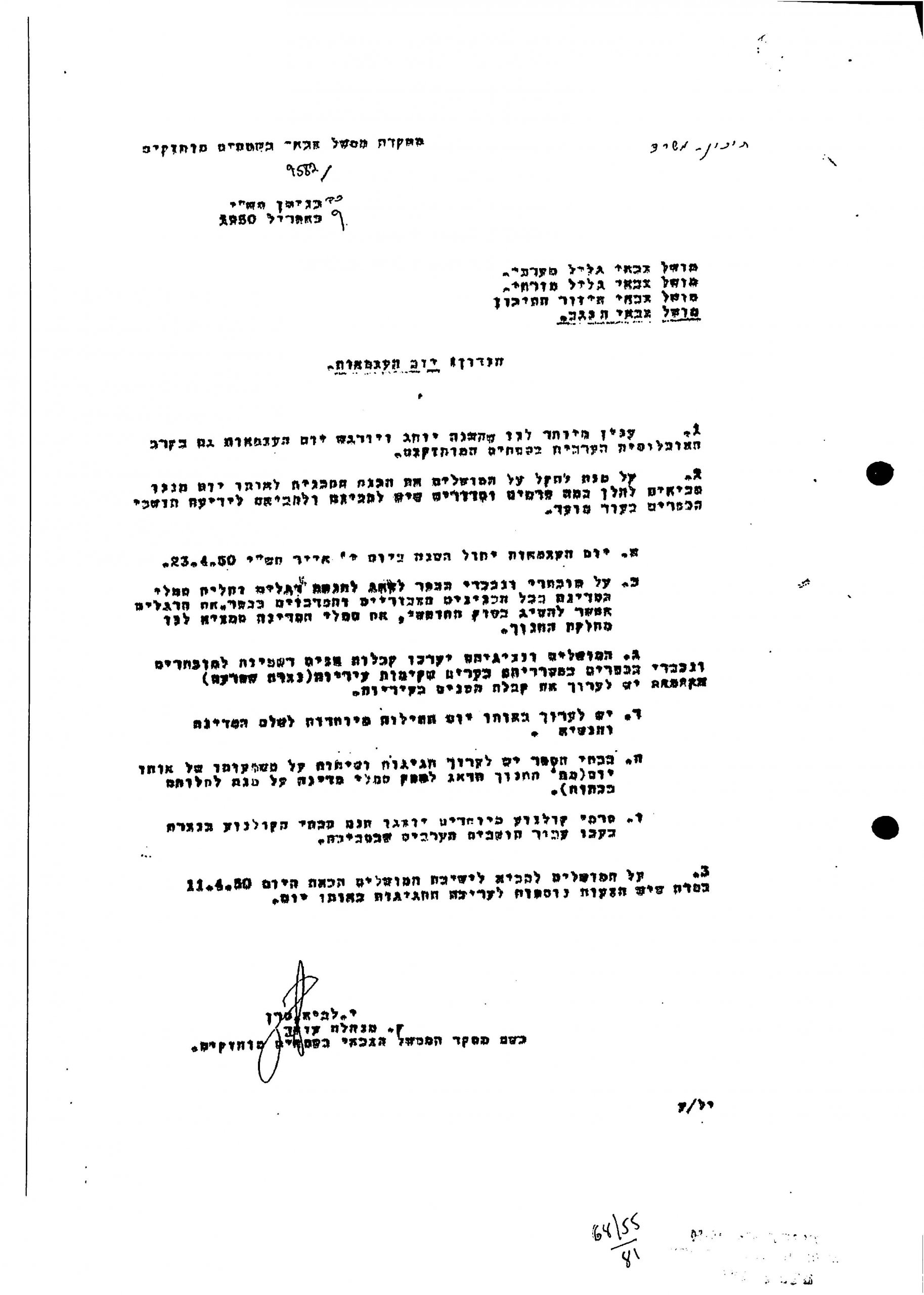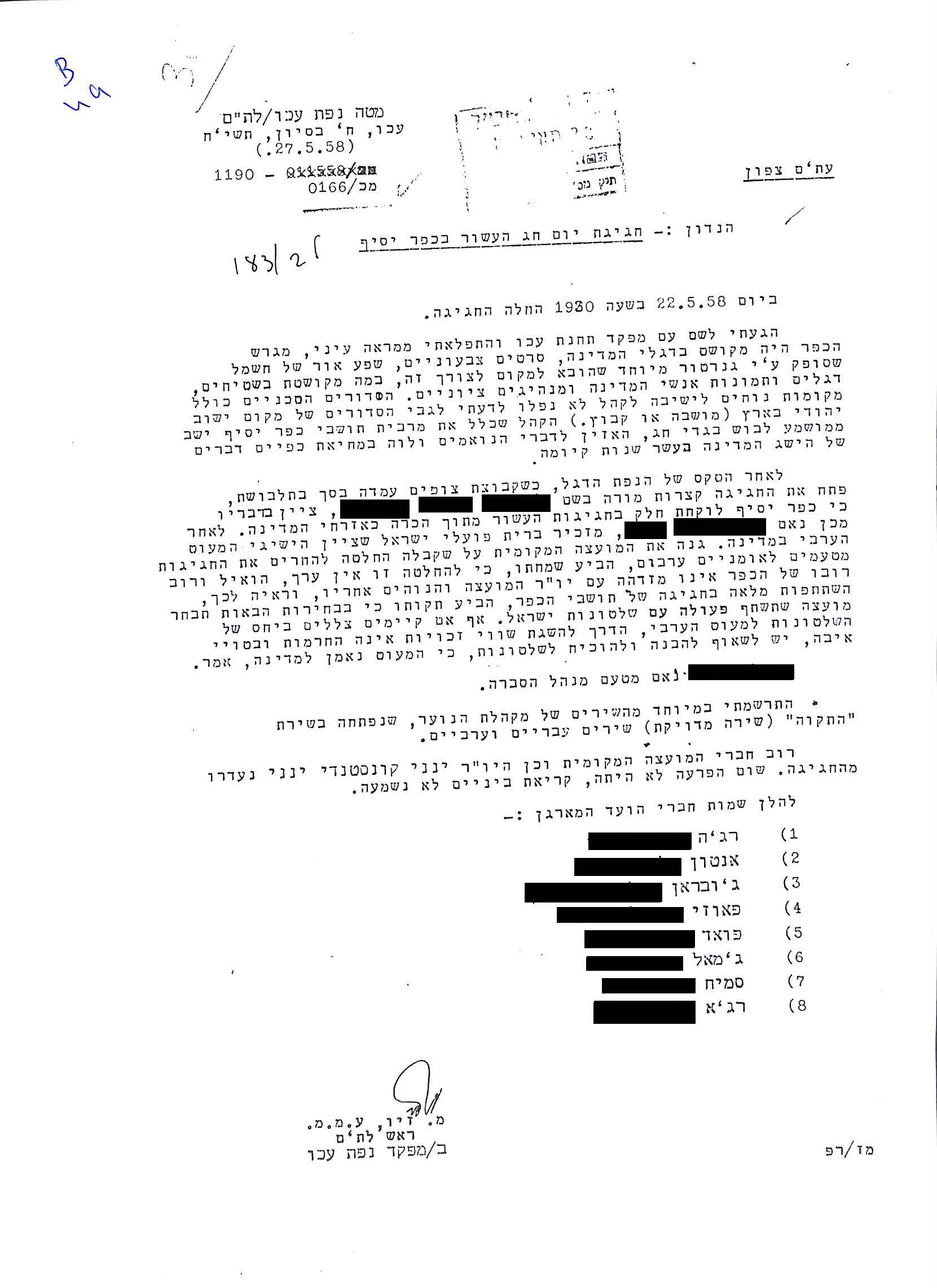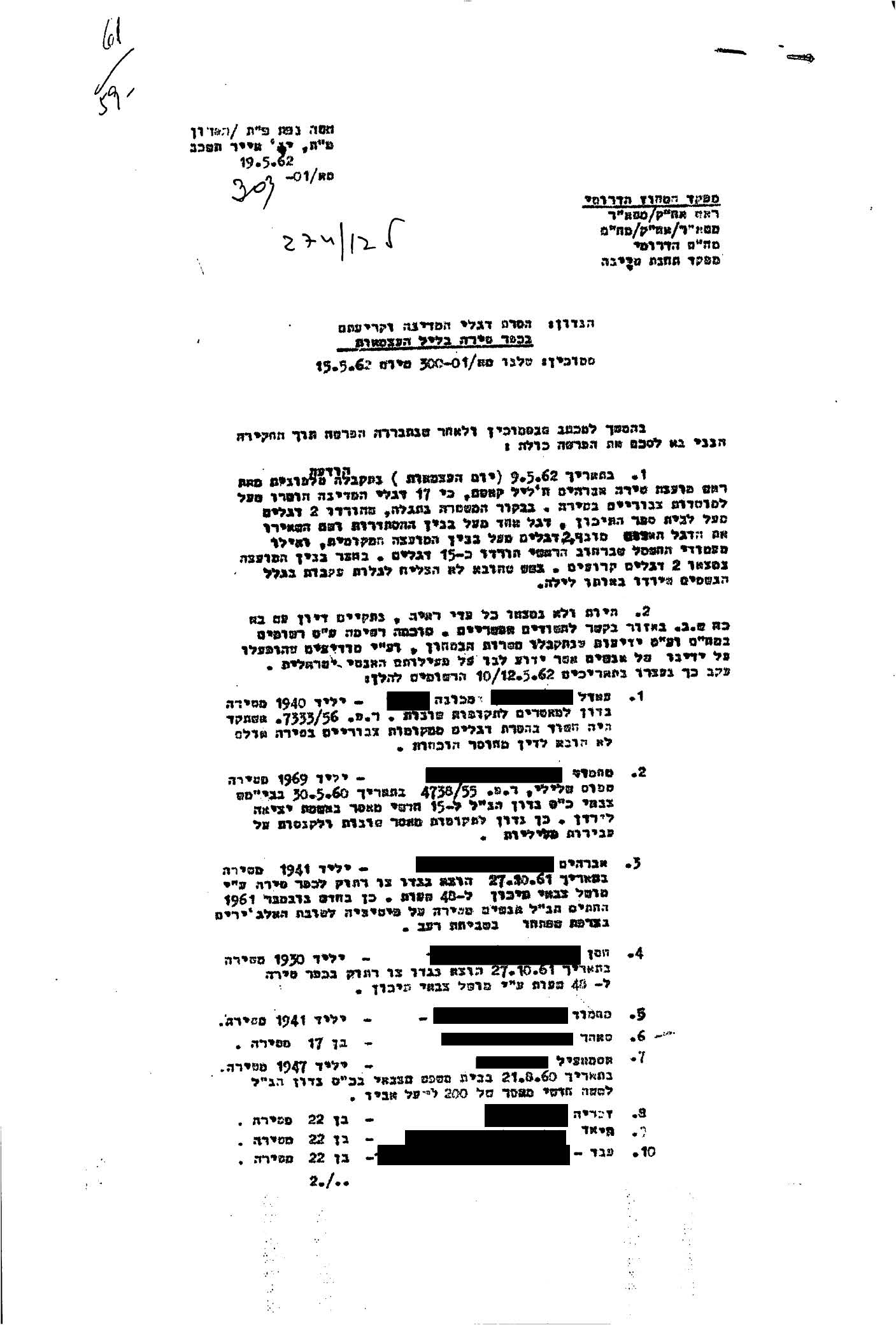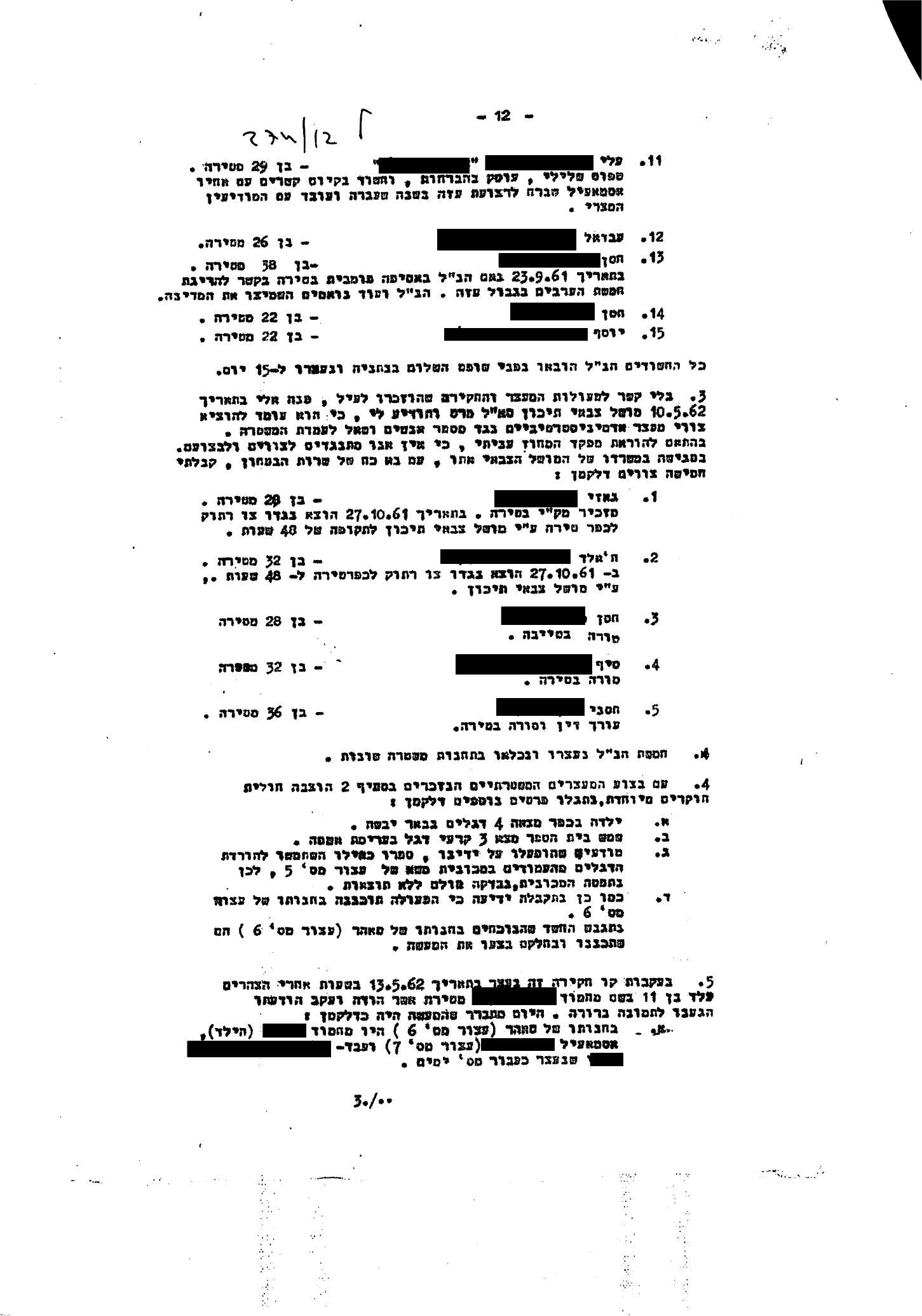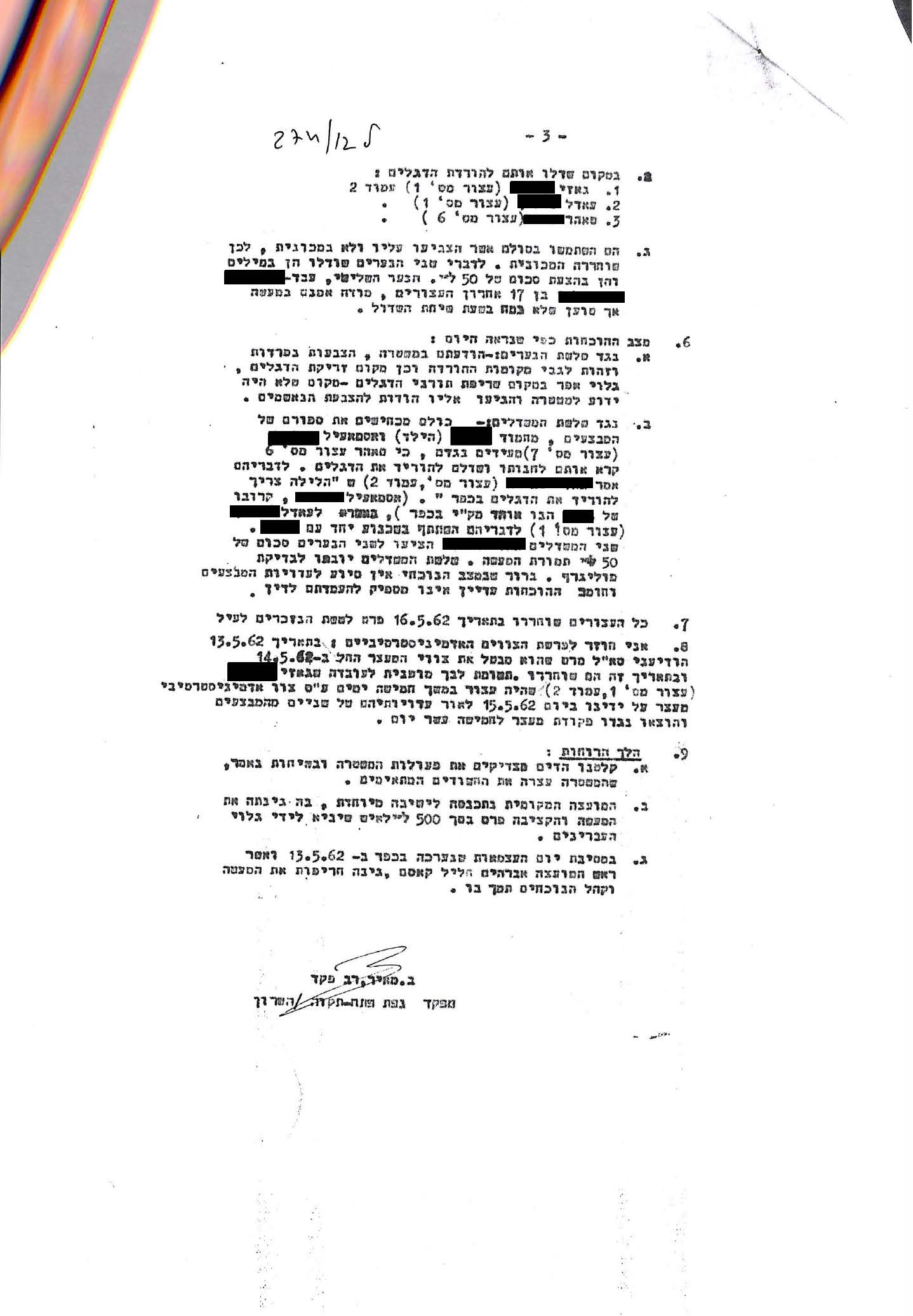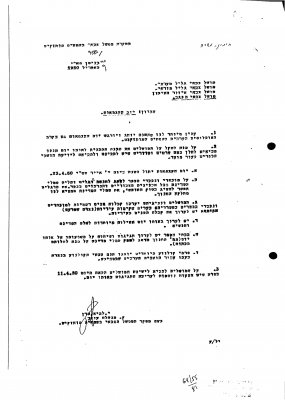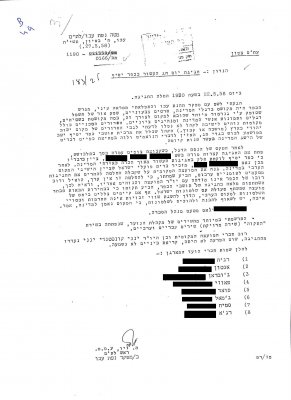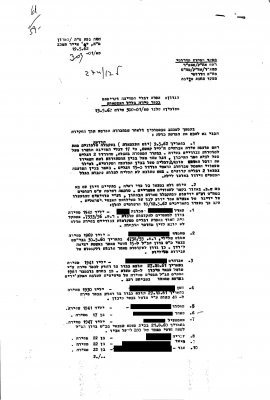Historical records from the early decades of statehood reveal Israel took a keen interest in how Independence Day was marked in the country’s Palestinian communities. The documents show that the Military Government and the Israel Police inquired into minutiae such as who raised a flag in a specific village, where celebrations were held, what character they took, who watched the military parade, who did not, and more.
Israel’s Independence Day was officially established as a public holiday by the Independence Day Law of 1949. In the years that followed independence, the Military Government and other security agencies closely monitored how the holiday was marked by the Palestinian public inside Israel.
For the state, Independence Day served as a gauge for Palestinian citizens’ loyalty. For the Palestinians, Independence Day and how to treat it was a matter of intense controversy for many years. Importantly, the dispute did not correlate to party affiliation or geographic location, and the considerations around how to mark it varied. Notably, the otherwise permanent travel restrictions imposed in areas under the authority of the Military Government were lifted on Independence Day, and Palestinians were permitted move freely around Israel. Some took advantage of the one-day ease in restrictions to visit villages that were depopulated and destroyed in the 1948 War and in its wake. Such visits were normally prohibited, of course.
The documents posted here provide a glimpse into state monitoring of Palestinian citizens. A report entitled Removal and Tearing of National Flags in the Village of Tira on the Night before Independence Day (May 1962) illustrates how closely the police monitored events in Tira, a village in the Triangle region, on Independence Day. The dry language used to describe the removal of the flags and the rebuke of the act by local public figures unveils a picture of close monitoring of the population and the emergence of a class of collaborators and informants – surely a key legacy of the 18 years of Military Government. The second letter posted here, written at the Military Government headquarters and entitled Independence Day (April 1950), opens with a pronouncement that “we have a special interest in having Independence Day celebrated and felt among the Arab population of the held territories as well this year.” This letter, along with the report from the 10th Anniversary Celebrations in Kafr Yasif (March 1958), offers insight into the importance Israel’s security establishment and its attachment to the marking of Israel’s Independence Day by Palestinian society.

